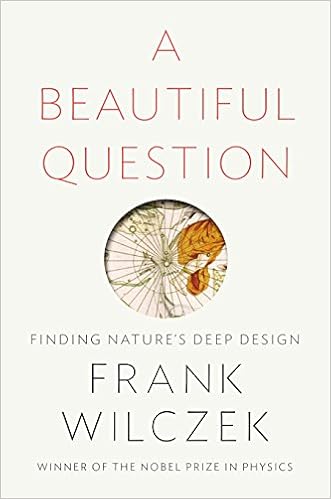Basic science is, above all, a stupid word. It sounds like those onions we sliced in 8th grade. And if people don’t mistake “basic” for “everybody knows,” they might think instead it means “foundational,” that is, dedicated to questioning the present paradigms. But that’s not what the word refers to.
Basic science refers to research which is not pursued with the aim of producing new technologies; it is sometimes, more aptly, referred to as “curiosity driven” or “blue skies” research. The NSF calls it “transformative,” the ERC calls it “frontier” research. Quite possibly they don’t mean exactly the same, which is another reason why it’s a stupid word.A few days ago, Matt Ridley wrote an article for the Wall Street Journal in which he argues that basic research, to the extent that it’s necessary at all, doesn’t need governmental funding. He believes that it is technology that drives science, not the other way round. “Deep scientific insights are the fruits that fall from the tree of technological change,” Ridley concludes. Apparently he has written a whole book with this theme, which is about to be published next week. The WSJ piece strikes me as shallow and deliberately provocative, published with the only aim of drawing attention to his book, which I hope has more substance and not just more words.
The essence of the article seems to be that it’s hard to demonstrate a correlation, not to mention causation, between tax-funded basic science and economic growth. Instead, Ridley argues, in many examples scientific innovations originated not in one single place, but more or less simultaneously in various different places. He concludes that tax-funded research is unnecessary.
Leaving aside for a moment that measures for economic growth can mislead about a countries’ prosperity, it is hardly surprising that a link between tax-funded basic research and economic growth is difficult to find. It must come as a shock to nationalists, but basic research is the possibly most international profession in existence. Ideas don’t stop at country borders. Consequently, to make use of basic research, you don’t yourself need to finance it. You can just wait until a breakthrough occurs elsewhere and then pay your people to jump on it. The main reason we so frequently see examples of simultaneous breakthroughs in different groups is that they build on more or less the same knowledge. Scientists can jump very quickly.
But the conclusion that this means one does not need to support basic research is just wrong. It’s a classic demonstration of the “free rider” problem. Your country can reap the benefits of basic research elsewhere, as long as somebody else does the thinking for you. But if every country does this, innovation would run dry, eventually.
Besides this, the idea that technology drives science might have worked in the last century but it does no longer work today. The times where you could find new laws of nature by dabbling with some equipment in the lab are over. To make breakthroughs today, you need to know what to build, and you need to know how to analyze your data. Where will you get that knowledge if not from basic resarch?
The technologies we use today, the computer that you sit in front of – semiconductors, lasers, liquid crystal displays – are based on last century’s theories. We still reap the benefits. And we all do, regardless of whether our nation paid salary for one of quantum mechanics’ founding fathers. But if we want progress to continue in the next century, we have to go beyond that. You need basic research to find out which direction is promising, which is a good investment. Or otherwise, you’ll waste lots of time and money.
There is a longer discussion that one can have whether some types of basic research have any practical use at all. It is questionable, for example, that knowing about the accelerated expansion of the universe will ever lead to a better phone. In my perspective the materialistic focus is as depressing as meaningless. Sure, it would be nice if my damned phone battery wouldn’t die in the middle of a call, and, yeah, I want to live forever watching cat videos on my hoverboard. But I fail to see what it’s ultimately good for. The only meaning I can find in being thrown into this universe is to understand how it works and how we are part of it. To me, knowledge is an end unto itself. Keep your hoverboard, just tell me how to quantize gravity.
Here is a simple thought experiment. Consider all tax-funded basic research were to cease tomorrow. What would go missing? No more stories about black holes, exoplanets, or loophole-free tests of quantum entanglement. No more string theory, no multiverses, no theories of everything, no higgsinos, no dark matter, no cosmic neutrinos, extra-dimensions, wormholes, or holographic universes. Except for a handful of lucky survivors at partly privately funded places – like Perimeter Institute, the KAVLI institutes, and some Templeton-funded initiatives, who in no way would be able to continue all of this research – all this research would die quickly. The world would be a poorer place, one with no hope of ever understanding this amazing universe that we live in.
Democracy is a funny thing, you know, it’s kind of like an opinion poll. Basic research is tax-funded in all developed countries. Could there be any clearer expression of the people’s opinion? They say: we want to know. We want to know where we come from, and what we are made of, and what’s the fate of our universe. Yes, they say, we are willing to pay taxes for that, but please tell us. As someone who works in basic research, I see my task as delivering to this want.












